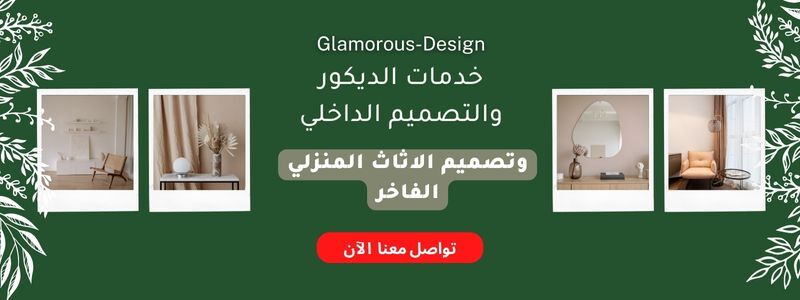Step aside, paint palettes and trendy furniture! Today, we spotlight the often-underestimated powerhouse of interior design: textiles!
Those seemingly unassuming fabrics draped across couches, cushioning chairs, and cascading down windows hold the key to transforming a space from mundane to magnificent.
Think of textiles as the magic wand for your interior dreams. They weave comfort, infuse personality, and set the mood like no other element can.
From the plush embrace of a velvet sofa to the airy elegance of linen curtains, fabrics are unsung heroes—the silent storytellers of your design vision.
Navigating a world of textures, patterns, and colors can be overwhelming, but fear not, intrepid designer (or design enthusiast)! This post serves as your guide to textile triumphs.
We’ll reveal the secrets to selecting fabrics that look stunning and serve your space functionally.
Prepare to unleash the power of textiles and transform your interior from a mere backdrop into a living, breathing expression of your unique style. Let the textile triumphs commence
Types of Fabrics Used in Interior Design
Interior designers have various fabrics to choose from for any design project. The main fabric categories used in interior decorating include:
Natural Fibers
Cotton: A natural fiber that is breathable, soft, and durable. Cotton comes in a range of weights and weaves like twill, corduroy, canvas, flannel, chintz, and more. It is commonly used for bedding, upholstery, and window treatments.
Wool: A natural fiber that is warm, durable, and resistant to dirt and wrinkles. Wool has excellent sound absorption and is non-allergenic. It’s commonly used in carpets, blankets, suits, and upholstered furniture.
Silk: A natural protein fiber that is ultra-soft, lightweight, lustrous, and smooth. Silk is one of the strongest natural fibers and is often used in upholstery and drapes.
Linen: Made from the flax plant, linen is lightweight, absorbent, breathable, and has a casual texture. It is commonly used in upholstery, drapes, table linens, and bedding.
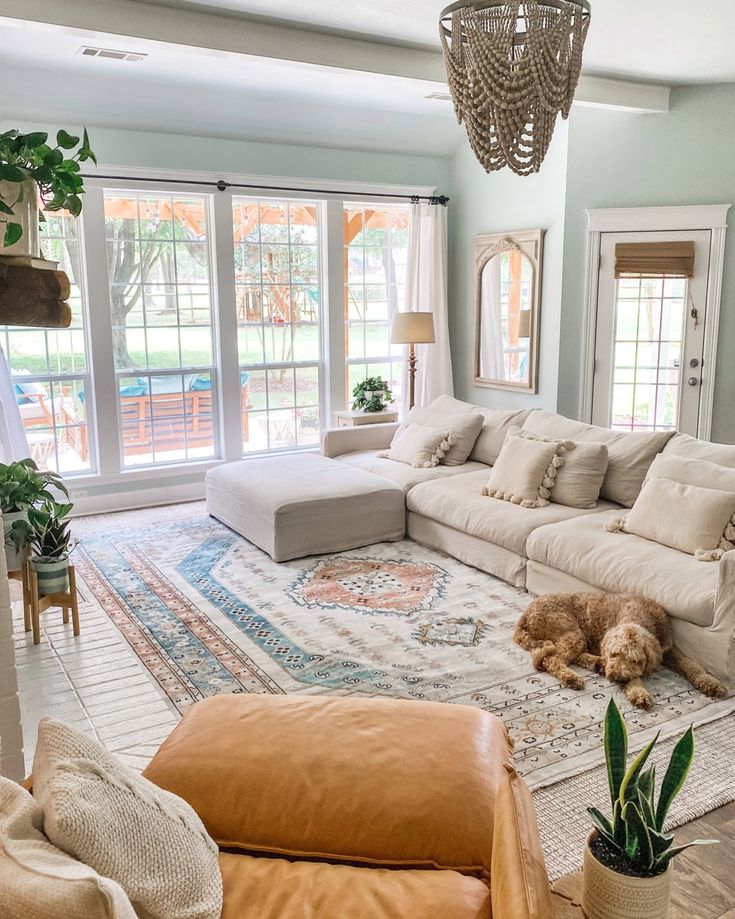
Synthetics
Polyester: A synthetic polymer fabric that is crease-resistant, quick-drying, colorfast, and strong. It is commonly used in upholstery and carpets.
Nylon: A synthetic polymer known for its durability, strength, stretch, and wrinkle resistance. It is often used in carpets and upholstery.
Acrylic: A synthetic fabric that resembles wool. It is lightweight, soft, and warm. Acrylic is commonly used in carpets, blankets, and upholstery.
Microfiber: An extremely fine synthetic fiber that is soft, durable, quick-drying, and stain-resistant. It is often used for drapes and upholstery.
Read also: Classic Villa Furniture Vs. Modern Villa Furniture

Blends
Many modern fabrics combine natural and synthetic fibers to create fabrics with enhanced qualities. Common blends include cotton/polyester, wool/acrylic, linen/viscose rayon, silk/nylon, etc. Blends expand the design possibilities for interiors.
Factors to Consider When Choosing Fabrics for Different Areas of Your Home
When choosing fabrics for interior design, it’s important to consider the characteristics and properties that make each fabric suitable for different applications. The main characteristics to evaluate are:
Durability
How well does the fabric hold up to regular use and wear and tear over time? Durability depends on fiber content, weave, and finish.
Fabrics like canvas, denim, and microfiber are very durable, while delicate fabrics like silk, velvet, and linen are less so. More durable fabrics are better for high-traffic areas.
Maintenance
How easy is the fabric to clean and care for? Fabrics that are machine washable and dryable are the lowest maintenance. Silk, wool, and velvet often require dry cleaning or hand washing.
Fabrics that repel stains, resist wrinkles, and hide dirt are also lower maintenance.
Drape
How does the fabric hang and flow? Dense, stiff fabrics have little drape while lightweight, loosely woven fabrics have lots of drape and movement. The right drape impacts the overall look and feel of upholstery or window treatments.
Texture
Does the fabric have a smooth, flat finish or loopy, nubby, embroidered, or other textural interest? Texture adds visual and tactile interest and dimension.
Breathability
How well does the fabric allow airflow through it? Natural fibers like linen and cotton are more breathable than synthetics like polyester. Breathability is especially important for upholstery fabrics.
Stain Resistance
How resistant is the fabric to absorbing spills and stains? Synthetic microfibers offer the most stain resistance while absorbent natural fibers are prone to staining. Stain resistance is desirable for upholstery and dining areas.
Read also: Villa Furniture
Fabric Patterns & Prints in Interior Design
Overview of Common Fabric Patterns
- Florals: Available in a vast array of sizes, colors, and styles, floral prints remain one of the most popular options for upholstery and soft furnishings. Small-scale ditsy florals create a delicate feminine look, while large blooms make a bold statement.
- Geometrics: From classic stripes and checks to mod dots and trellis designs, geometric patterns create visual impact and dimension. They make great statement prints for pillows and accent chairs. Geometric motifs add energy and modern flair to a space.
- Paisleys: An elegant teardrop-shaped ornamental pattern that originated in Persia. Traditionally done in a combination of pale and darker shades, paisley offers an exotic flair. It works well for boho-chic styles, but also transitions nicely to traditional decors. An intricate print that adds flair and movement.
- Stripes: Available in every width and color imaginable, stripes are a versatile basic. Thin pinstripes have a tailored look, while wide stripes make a bold impact. They create a sense of motion and add dimensionality when used well. Great for upholstery, drapes, accent pillows, and more.
Read also: Architecture Design
Solids vs. Patterns
While solids create a seamless, monochromatic look, patterns add visual interest and vibrancy. Many designers recommend using solids on larger high-traffic upholstery pieces for durability and patterns on cushions, window treatments and accents.
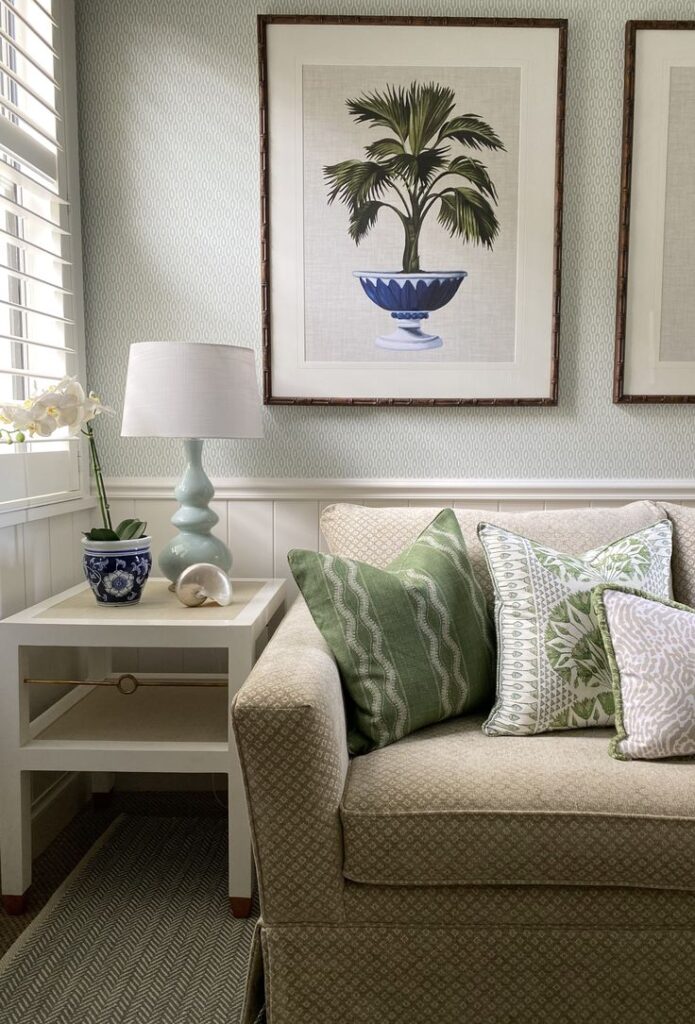
The mix of solids and coordinated patterns creates a layered, collected look. Scale and contrast are important considerations when combining the two.
Top Colour & Fabric Trends
Color has a significant impact on the overall mood and feel of a room. When selecting fabrics, it’s important to consider both the undertones of the colors you choose as well as how they work together.
- Cooler colors like blues, greens, and purples can create a more relaxing and serene environment.
- Warm earth tones like reds, oranges, and yellows bring energy and vibrancy.
- Neutrals like grays, tans, and off-whites provide a subtle, soothing backdrop that allows other colors to pop.
Jewel tones are in for interior design, with deep greens and blues like emerald, sapphire, and navy being popular. Metallic accents can add bold contrast.
Use a neutral base color for key pieces and add pops of accent colors through decorative pillows, throws, and artwork. Cool and warm tones can be mixed, and even a subtle shift in hue or tone can add visual interest.
You can also play with contrasting cool and warm tones, like pairing a deep purple sofa with orange and yellow pillows. Contrast doesn’t have to be bold – sometimes a subtle shift in hue or tone can add the perfect amount of visual interest.
Read also: Residential Architecture Design

Choosing the Right Upholstery Fabric
When choosing upholstery fabrics, durability is a top consideration. You’ll want to select fabrics that can withstand daily wear and tear, especially in high-traffic areas. Here are some of the most common and durable upholstery fabric options:
Leather
Leather is extremely durable and holds up well over time. It resists stains, tears, and punctures. Leather can be challenging to clean, but it will last for years if properly maintained. The cost is higher than other fabrics.
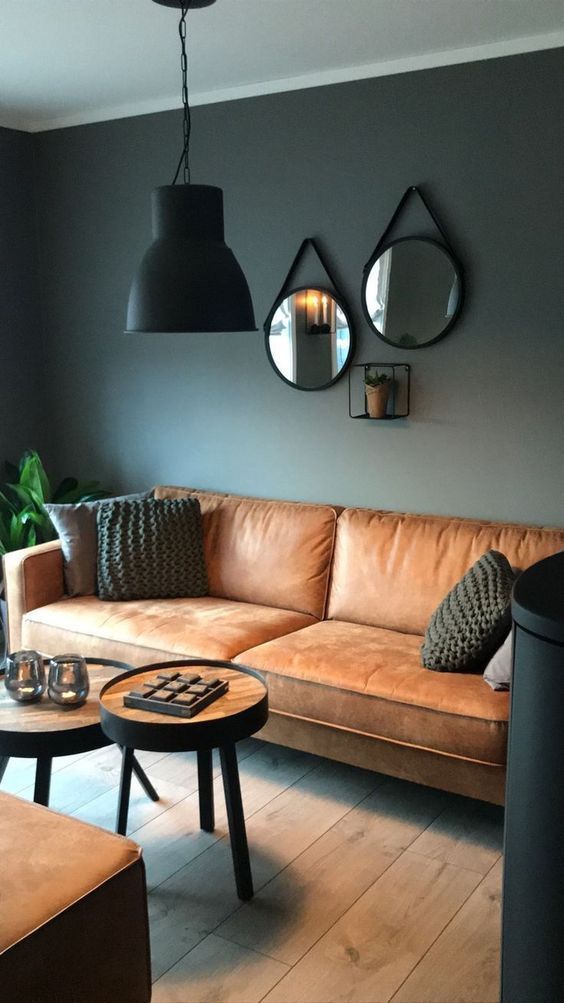
Microfiber
Microfiber is synthetic, affordable, and very durable. It has a suede-like texture and resists stains, fading, and pilling. Microfiber can mimic leather for a fraction of the cost. It’s easy to clean by vacuuming and spot cleaning.
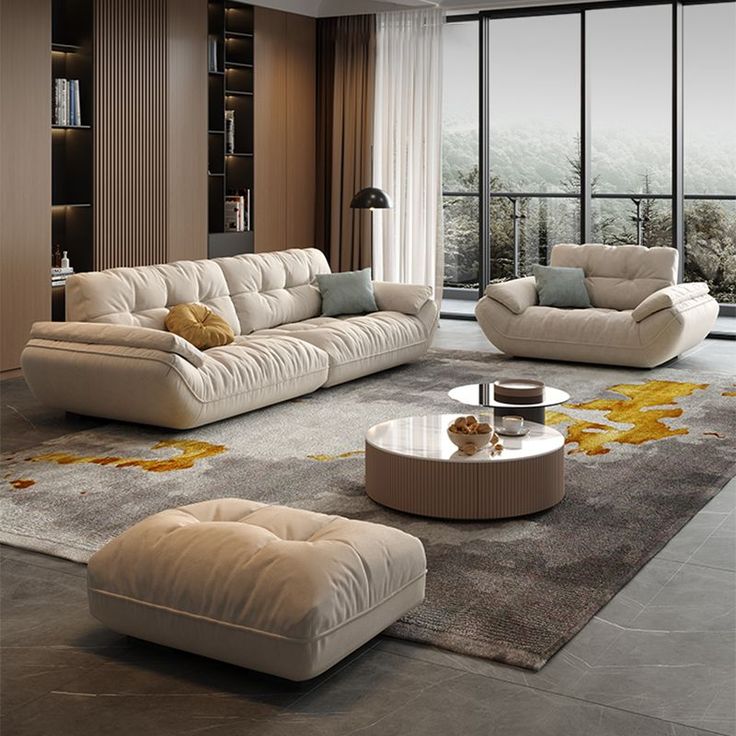
Cotton
High-quality cotton fabrics like duck cloth are naturally strong and long-lasting. Cotton is breathable, softens over time, and comes in many styles. It’s prone to some pilling and staining but is machine washable. Look for tightly woven, heavy-duty cotton.
Read also: Scandinavian Interior Design
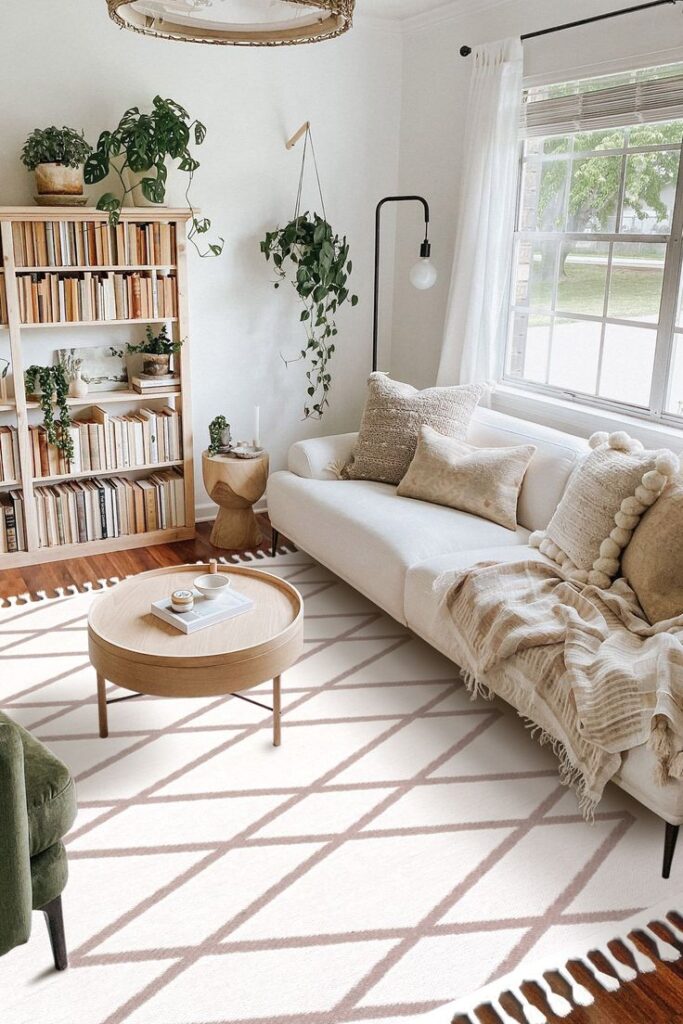
Linen
Linen has natural strength and longevity. It resists tearing and develops a relaxed, casual look with use. Linen softens over time but withstands daily use. It’s absorbent and prone to wrinkles. Linen works well for relaxed, casual spaces.
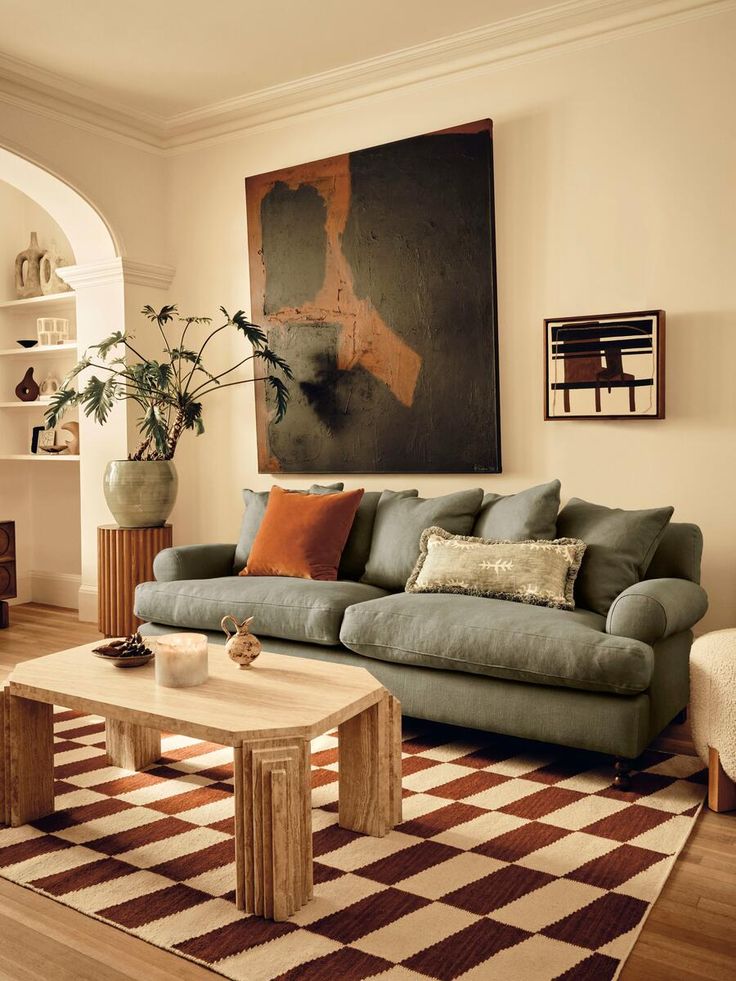
Consider the amount of wear, lifestyle factors, maintenance requirements, and your budget when selecting durable upholstery fabrics.
Read also: Spanish Villa Designs
Curtain fabrics and their use in interior design
When selecting fabrics for curtains and drapes, you’ll want to consider the look and feel you want to achieve, as well as the functional properties of the fabric. Some common fabrics used for window treatments include:
Velvet
Velvet is a plush, luxurious fabric that absorbs sound and light. It creates a formal, elegant look and is available in a wide range of colors.
Silk
Silk drapes and curtains have a refined, opulent appearance. Silk drapes gracefully and allows light to filter through softly. It’s durable yet delicate-looking. Silk can be expensive, so it may be best reserved for formal spaces like dining rooms.
Linen
Linen is a casual, relaxed fabric made from natural fibers. It has a rumpled, informal texture that lends a casual feel. Linen is durable and breathable. It resists dirt and stains well. The natural fibers allow linen to absorb and release moisture easily.
Cotton
Cotton is a versatile, affordable option. It’s available in a wide selection of weights, weaves, and opacities. Lightweight sheers allow maximum light to filter through while heavier opaque cottons block light. Cotton is easy to clean and maintain.
When selecting curtain fabrics, consider the amount of privacy, light control, and insulation you want. Lightweight, sheer fabrics like voile allow light through.
Read also: Modern Villa Design

Bedding Fabrics & Their Best Uses
The type of fabric you choose for your bedding can make a big difference in comfort and durability. Here are some top options to consider:
Cotton: Cotton bedding is very breathable, helping regulate body temperature. It’s also quite durable and affordable. Percale cotton tends to be crisp and cool while sateen cotton is very soft and smooth.
Linen: Made from the flax plant, linen is extremely breathable and moisture-wicking. It has a relaxed, casual texture that softens over time. Linen is durable, lightweight, and ideal for warm climates.
Silk: Luxurious silk bedding provides unparalleled softness. It’s lightweight, breathable, and helps hair and skin retain moisture. Mulberry silk is the highest quality. Care must be taken to avoid snags.
Microfiber: Made from ultra-fine synthetic fibers, microfiber bedding is soft, inexpensive, easy to care for, and quite durable. It’s also lightweight and hypoallergenic.
Wool: Wool bedding facilitates moisture wicking and regulates temperature exceptionally well. It’s durable yet soft and comfortable. Wool bedding is hypoallergenic but often expensive.
The best bedding fabric for you depends on factors like climate, budget, and sleeping needs. Breathability is crucial for comfort.
Read also: Modern Minimalist Villa Design
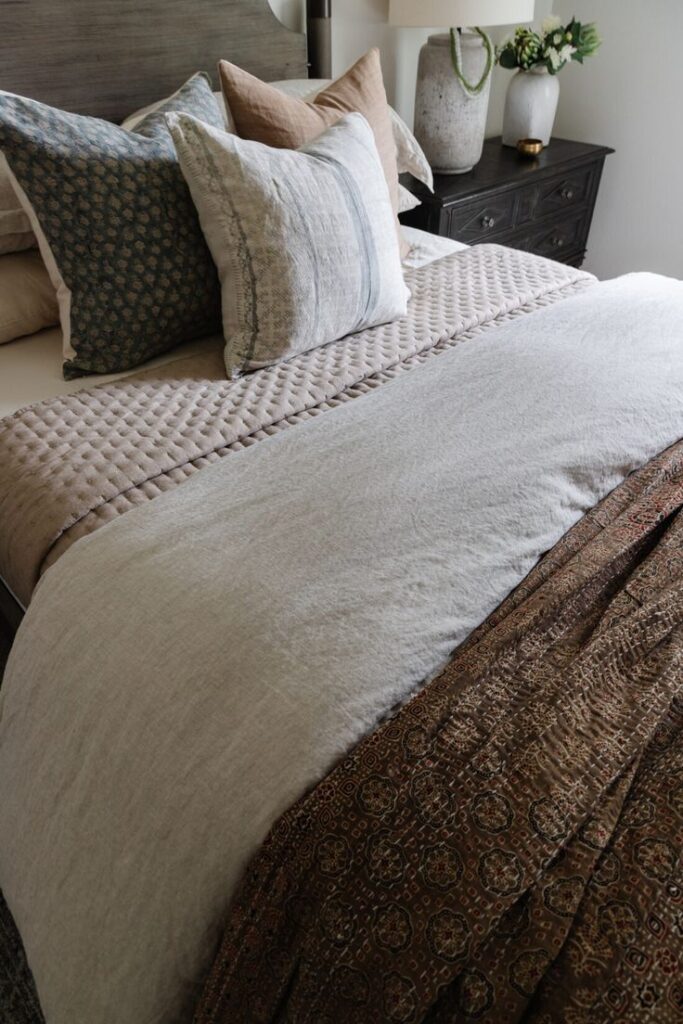
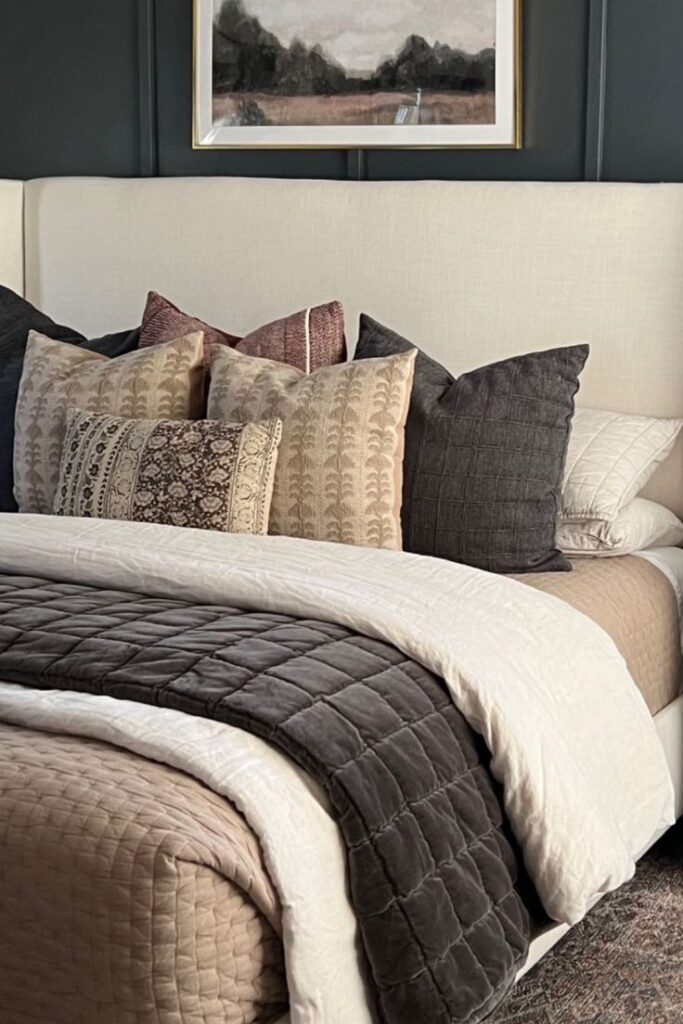
Mixing and Matching Fabrics in interior design
When selecting fabrics for an interior design project, it’s important to think about how different fabrics will complement each other within a space. Carefully mixing and matching fabrics in terms of texture, pattern, and color is key to creating a cohesive and aesthetically pleasing look.
Coordinate Colors
Choose one or two main colors to anchor the room’s color palette, then bring in accent colors in smaller doses on pillows, throws, and accessories.
Opt for a color wheel approach, selecting analogous hues next to each other on the wheel, or complementary colors opposite each other for a bold, contrasting look. Monochromatic palettes using different tones, saturations, and textures of the same color also work beautifully.
Combine Textures
Mix shiny satin with nubby linen, and flat chintz with plush velvet. Varying the textures adds visual interest and depth. Just be sure to follow general guidelines – pair sleek with nubby, matte with glossy, delicate with sturdy.
Contrast Patterns
Solids, stripes, florals, geometrics – don’t be afraid to get creative combining patterns. Just aim for a controlled approach.
Start with one large print as a focal point, then add smaller-scale patterns such as on throw pillows. Or layer patterns in the same color family for a cohesive look. Scale and contrast are key.
Repeat Accent Colors
Pull accent colors throughout the space for a unified, complete look. A throw pillow in a bright floral might pick up the color of a patterned area rug.
The green from the artwork on the walls can be echoed on a velvet chair. Repeating colors connects everything.
Consider Lighting
The way a fabric reads under natural vs. artificial light can change its look dramatically. Be sure to view swatches and samples under different lighting conditions to ensure a cohesive look. Soft, diffuse light shows the true colors and character of fabric textures and patterns.
With careful selection and layering of compatible fabrics in terms of color, pattern, texture, and scale, you can create fabulous sophistication and visual interest.
Read also: Architectural Planning
Future Fabric Trends
The world of fabrics is constantly evolving with innovations and technologies. Here are some of the key fabric trends to look out for in interior design:
Sustainability and Natural Fabrics
There is a growing demand for sustainable and eco-friendly fabrics made from renewable, natural materials like organic cotton, linen, jute, and hemp.
These fabrics have a lighter environmental impact compared to synthetic fibers. Expect to see more use of ethical production methods and non-toxic dyes. Natural fibers like wool, silk, and bamboo are also gaining popularity for their renewable properties and comfort.
Performance Fabrics
Performance fabrics are engineered for durability, easy cleanability, stain resistance, and other functional properties.
These include microfiber, acrylic, and olefin blends that repel moisture, resist fading, and hide wear and tear. The use of performance fabrics will rise in demanding home environments.
Smart Fabrics
Fabrics are becoming “smarter” with integrated technologies such as sensors, digital displays, temperature control, and more.
Some examples are fabrics changing color in response to stimuli or incorporating fitness trackers and mood lighting. These innovations will play a more personalized and responsive role in the future of fabrics.
Read also: Villa Interior Designs
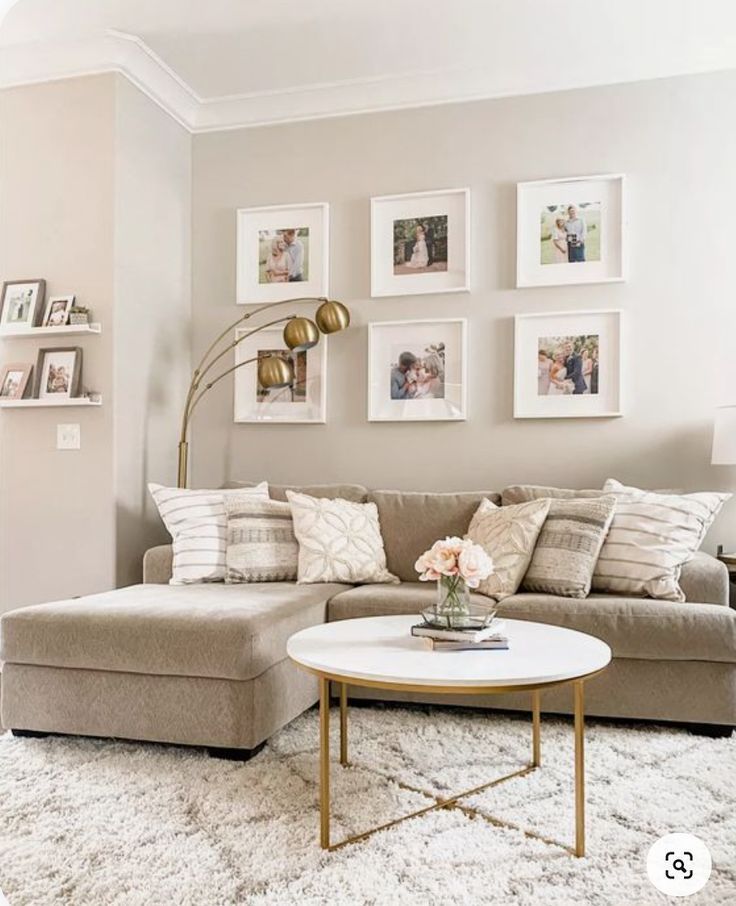
Glamorous: Pioneering Excellence in Design and Style
Glamorous stands at the forefront of elegance and sophistication, offering an extensive array of services, including architectural design, interior design, landscape design, and suitable furniture design.
As a real estate consultant, Glamorous provides bespoke, luxurious living environments that resonate with style and functionality. Particularly noteworthy is their expertise in selecting fabrics for interior design, ensuring that every home they craft or renovate exudes a timeless appeal.
For Emirates, Kuwait, and Qatar residents, Glamorous extends exclusive offers that blend contemporary trends with classic style, making them the go-to for anyone looking to infuse their space with luxury, durability, and a sense of everlasting charm.
Their commitment to excellence and attention to detail makes Glamorous a distinguished leader in the design world.
Read also:
Hotel Reception Interior Design
Interior Design Trends In Modern Hotels
FAQs
How do you choose fabric for interior design?
Consider the room’s function, color scheme desired texture, and required durability. Assess the maintenance needs and how the fabric complements other elements in the space.
How do I choose interior design materials?
Evaluate the materials’ aesthetics, durability, sustainability, and maintenance. Consider the space’s purpose, your lifestyle, and how the materials interact with light and color in the room.
What are the 4 things to consider when choosing fabric?
Durability: Consider the fabric’s resilience, especially in high-traffic areas.Style: Ensure the fabric’s color, pattern, and texture align with your interior design.Comfort: Choose a good texture that is suitable for the room’s use.Maintenance: Think about how easy the fabric is to clean and care for over time.
What fabrics are used in modern interior design?
Modern interior design often uses a mix of natural and synthetic fabrics, including cotton, linen, silk, wool, polyester, acrylic, and blends. These materials offer a range of textures, colors, and functionalities suited to contemporary aesthetics.

